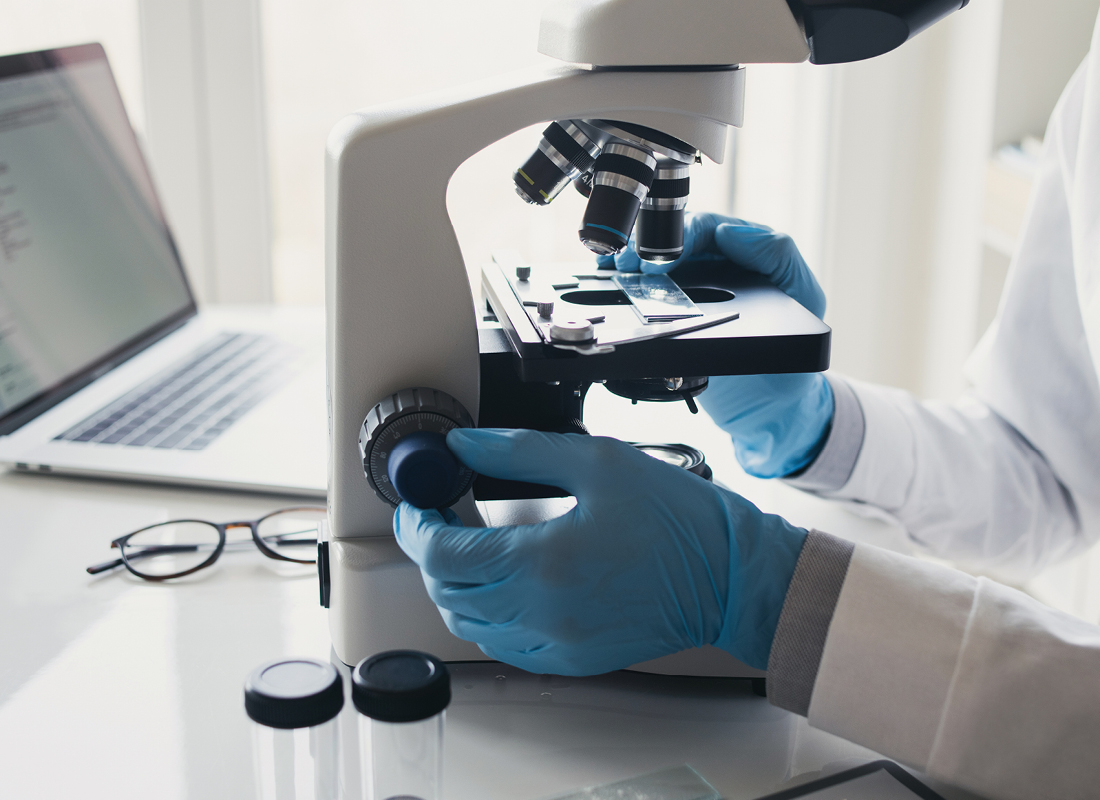FDA Imposes New Limits on COVID-19 Tests with Access to EUA Pathway
On Nov. 15, the US Department of Health and Human Services (HHS) stunned the laboratory industry by announcing that the US Food and Drug Administration (FDA) would once more require new COVID-19 Laboratory Developed Tests (LDTs) to go through premarket review. And as if losing the temporary reprieve afforded by the August 2020 policy removing LDCs from the ambit of premarket regulation that applies to novel medical devices, HHS inflicted another blow on test makers by narrowing who will have access to the FDA Emergency Use Authorization (EUA) pathway for new SARS-CoV-2 diagnostic tests. Here is a quick briefing. EUA Clearance of SARS-CoV-2 Tests Hundreds of new COVID-19 diagnostic tests have reached the US market through the EUA pathway since the public health emergency began in February 2020. Through November 2021, FDA has authorized over 420 tests and sample collection devices for COVID-19, according to the agency. Recent authorizations alone could result in up to 400 million over-the-counter (OTC) tests being available monthly in the US by early 2022. However, the agency clearly has mixed feelings about this unprecedented binge in EUA clearances. The FDA notes that “many of the COVID-19 tests offered prior to FDA review were determined to […]

Subscribe to Clinical Diagnostics Insider to view
Start a Free Trial for immediate access to this article